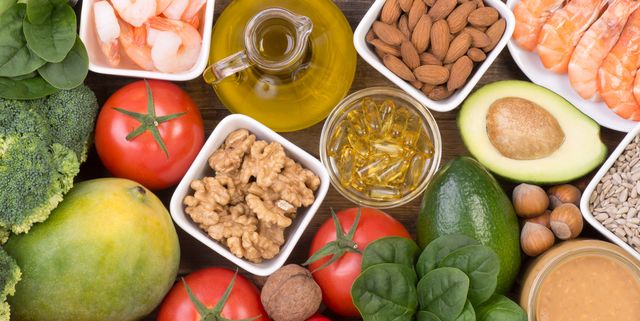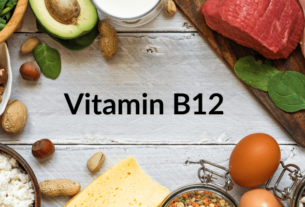Wellhealthorganic.com:vitamin-e-health-benefits-and-nutritional-sources: Vitamin E, a fat-soluble vitamin, primarily utilizes alpha-tocopherol in the human body. In the 1980s, researchers recognized the role of free radical damage in conditions like atherosclerosis, cancer, and vision loss, bringing widespread attention to antioxidant vitamins such as vitamin E. With its ability to mitigate free radical formation and protect cells, vitamin E offers various health benefits.
Vitamins, essential micronutrients for proper bodily function, include A, B1, B2, B3, B5, B6, B9, B12, C, D, E, and K. While a balanced diet often provides these vitamins, consulting a nutritionist can help tailor your intake to specific needs.
The Value of Vitamin E:
- Controls Oxidative Stress: Vitamin E acts as an antioxidant, defending cells against free radicals, thereby managing inflammation and oxidative stress.
- Controls Diabetes: Vitamin E has shown the ability to slow the development of diabetes by reducing oxidative stress levels.
- Maintains Healthy Skin: With antioxidant properties, vitamin E is widely used in beauty products for its skin-protective and healing qualities.
- Reduces Osteoarthritis Pain: Vitamin E helps protect against osteoarthritis by lowering oxidative stress levels, alleviating pain and stiffness.
Additional Benefits:
- Cataract prevention
- Neurodegenerative disorder prevention
- Reduced risk of cardiovascular disease
Also Read : Wellhealthorganic.com know the causes of white hair and easy ways to prevent it naturally
Sources of Antioxidant Vitamin E:
- Wheat Germ Oil: Rich in vitamin E (255 mg per 100g), but highly perishable and expensive.
- Almonds: A popular and nutritious nut providing 25.6 mcg of vitamin E per 100g serving.
- Sunflower Seeds: High in healthy fats and vitamin E, with 35.7 mg per 100g.
- Peanuts: Despite being legumes, peanuts are a good protein source and offer 44% of the recommended daily vitamin E intake per 100g.
- Spinach: A low-calorie vegetable with 44% of the daily vitamin E intake per 100g.
Signs of Vitamin E Deficiency:
- Imperfect vision
- Disorganized physical coordination
- Immune deficiency
- Muscle weakness
- Peripheral neuropathy (numbness or tingling)
Conditions increasing the risk of deficiency include Crohn’s, cystic fibrosis, ataxia cholestasis, and severe pancreatitis.
Also Read : Wellhealthorganic.com know why not to reuse plastic water bottles know its reason in Hindi
Wellhealthorganic.com:vitamin-e-health-benefits-and-nutritional-sources, To address vitamin E deficiency, incorporate these natural sources into your diet regularly. While vitamin E deficiency is rare, it can lead to issues like retinal damage, peripheral nerve damage, and ataxia. If experiencing symptoms, consult a doctor for appropriate guidance.
FAQs
1. Why is vitamin E important for health?
A: Vitamin E is crucial as an antioxidant, protecting cells from free radical damage, controlling oxidative stress, and contributing to skin health.
2. What are common sources of vitamin E in the diet?
A: Wheat germ oil, almonds, sunflower seeds, peanuts, and spinach are excellent dietary sources of vitamin E.
3. What are signs of vitamin E deficiency?
A: Symptoms include imperfect vision, disorganized coordination, immune deficiency, muscle weakness, and peripheral neuropathy.
4. Can vitamin E help in diabetes prevention?
A: Yes, vitamin E has been shown to slow the development of diabetes by reducing oxidative stress levels in the body.
5. How rare is vitamin E deficiency, and who is at higher risk?
A: Vitamin E deficiency is uncommon, but individuals with conditions like Crohn’s, cystic fibrosis, and severe pancreatitis are at a higher risk.



